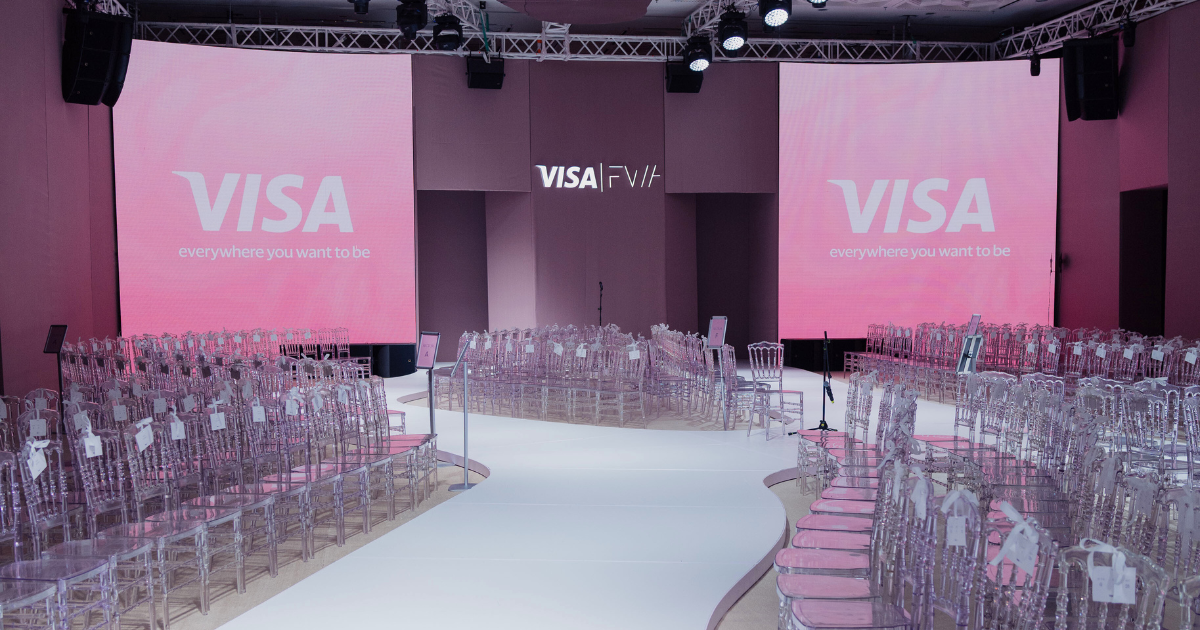Haute Couture Week. Day two
Modernist restraint, arabesque aesthetics, and sacred professions – highlights from day two of Haute Couture Week in Paris
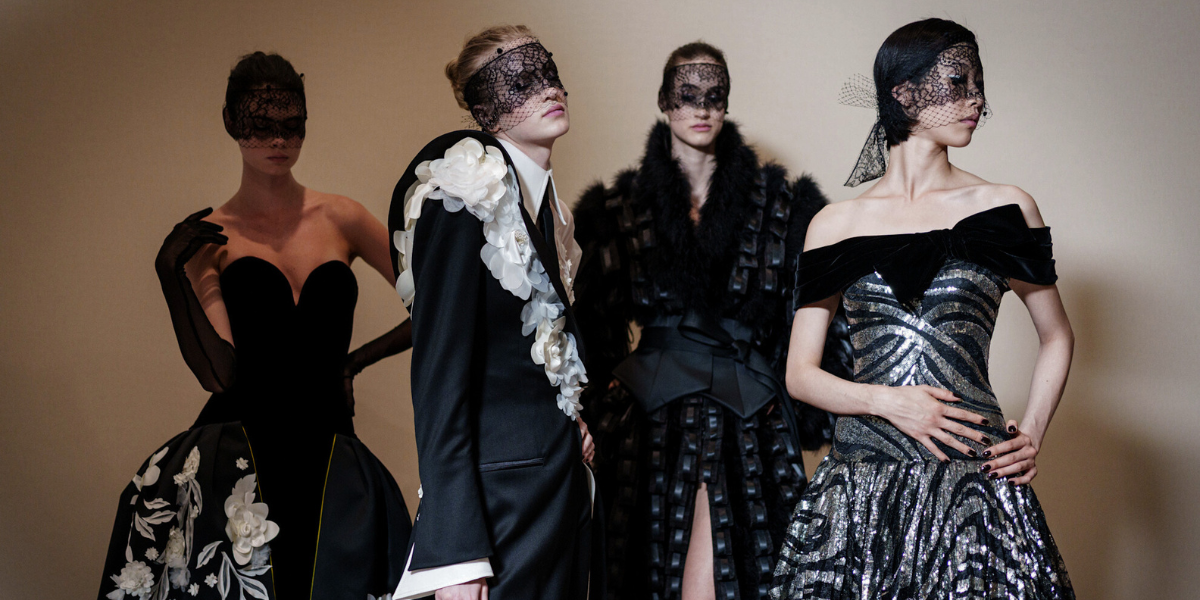
Haute couture remains a timeless symbol of refined elegance and exceptional craftsmanship. Day two of Paris Haute Couture Week offered a fresh wave of inspiration and opulence for admirers of the art. A standout moment was the Stéphane Rolland show, where the designer's classical vision was expressed through architectural silhouettes and understated embellishments, elevated by intricate embroidery. But fashion continues to evolve: today, couture can be eclectic and sustainable. Ronald van der Kemp, for instance, presented a collection made entirely from vintage materials.
Fashion houses sought to distinguish themselves through signature details – from fabric choices to conceptual philosophies. Couturiers celebrated Mother Nature, the feminine figure as a symbol of sophistication and strength, and the cultural heritage of their homelands.
Stéphane Rolland
This season, Stéphane Rolland staged a captivating encounter between two universes: Maurice Ravel, the architect of mechanical and abstract rhythm, and Ida Rubinstein, the muse in search of an Iberian dream – sensual and elusive. Modernist austerity met fantastical imagery, creating a wardrobe where Spain became at once mechanical and mythical, Eastern and futuristic. Black dominated the collection in crêpe, satin, gazar, and chiffon, while red also made an appearance. Rolland unveiled gowns with open backs and cubic collars, tuxedos with monumental lapels, jumpsuits with semicircular trousers, and matador coats adorned with elaborate embroidery. The garments were embellished with coral and crystal embroidery; samurai-style capes shimmered with black and translucent sequins; giant petals and silk wings unfurled like a dazzling dream. 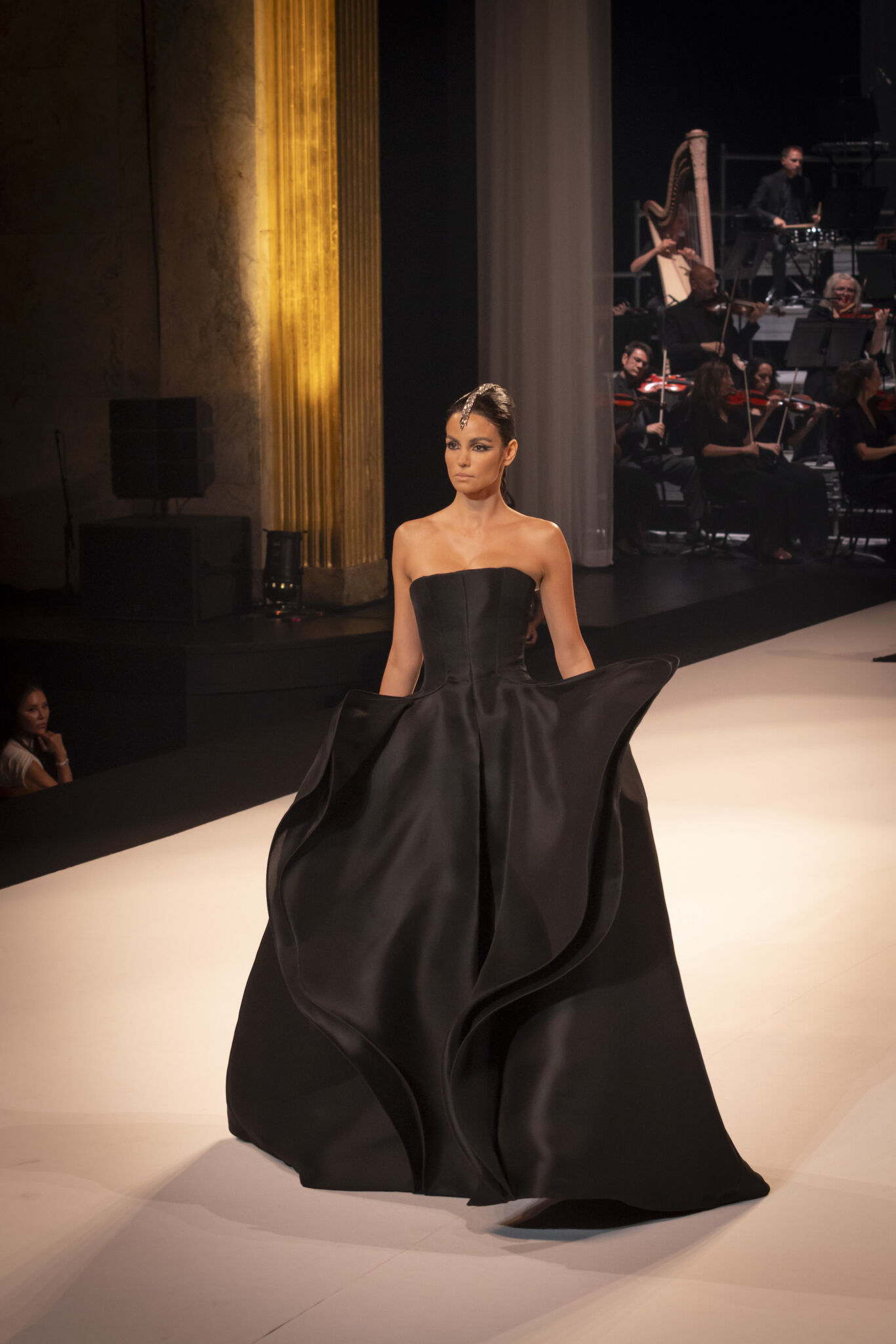
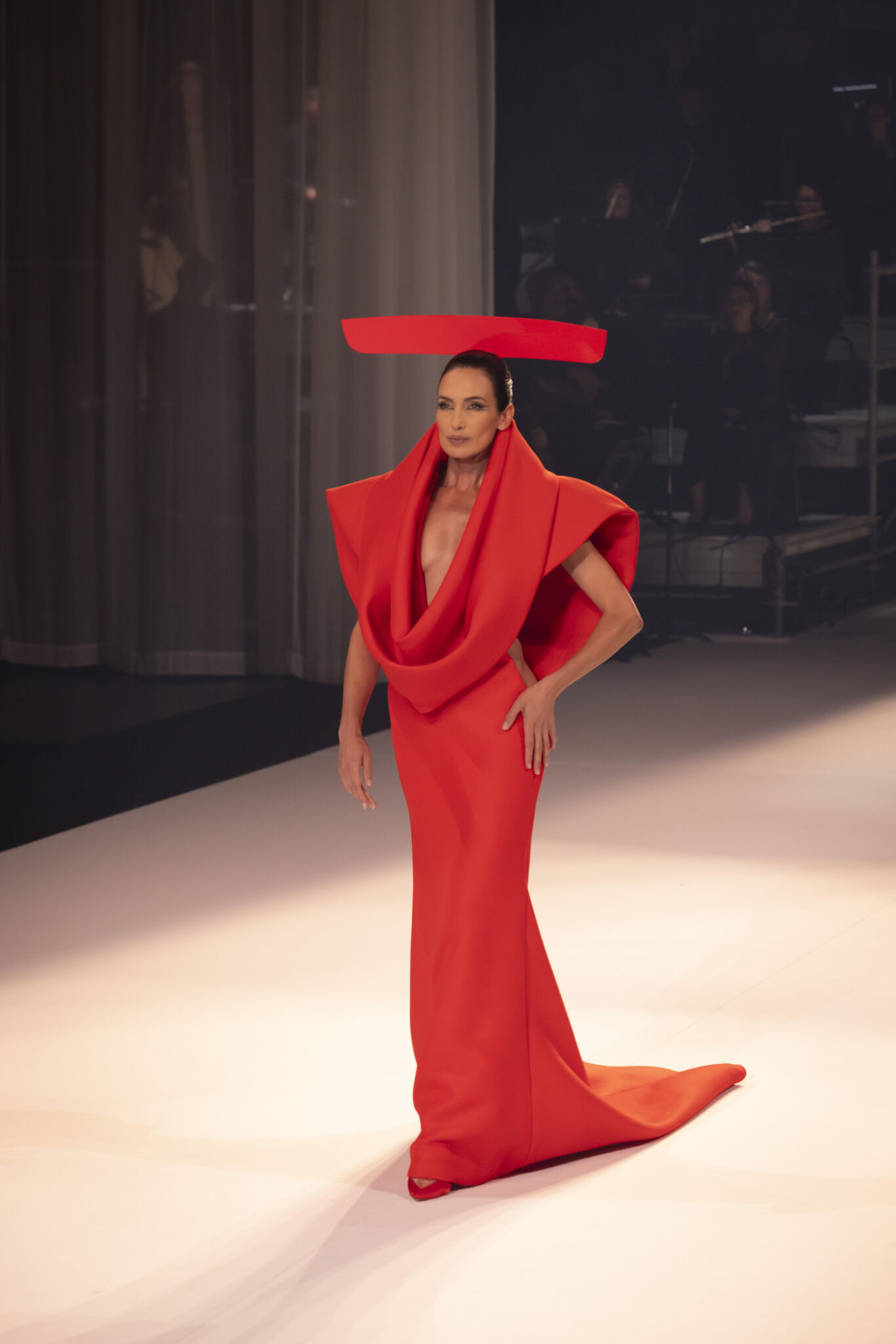
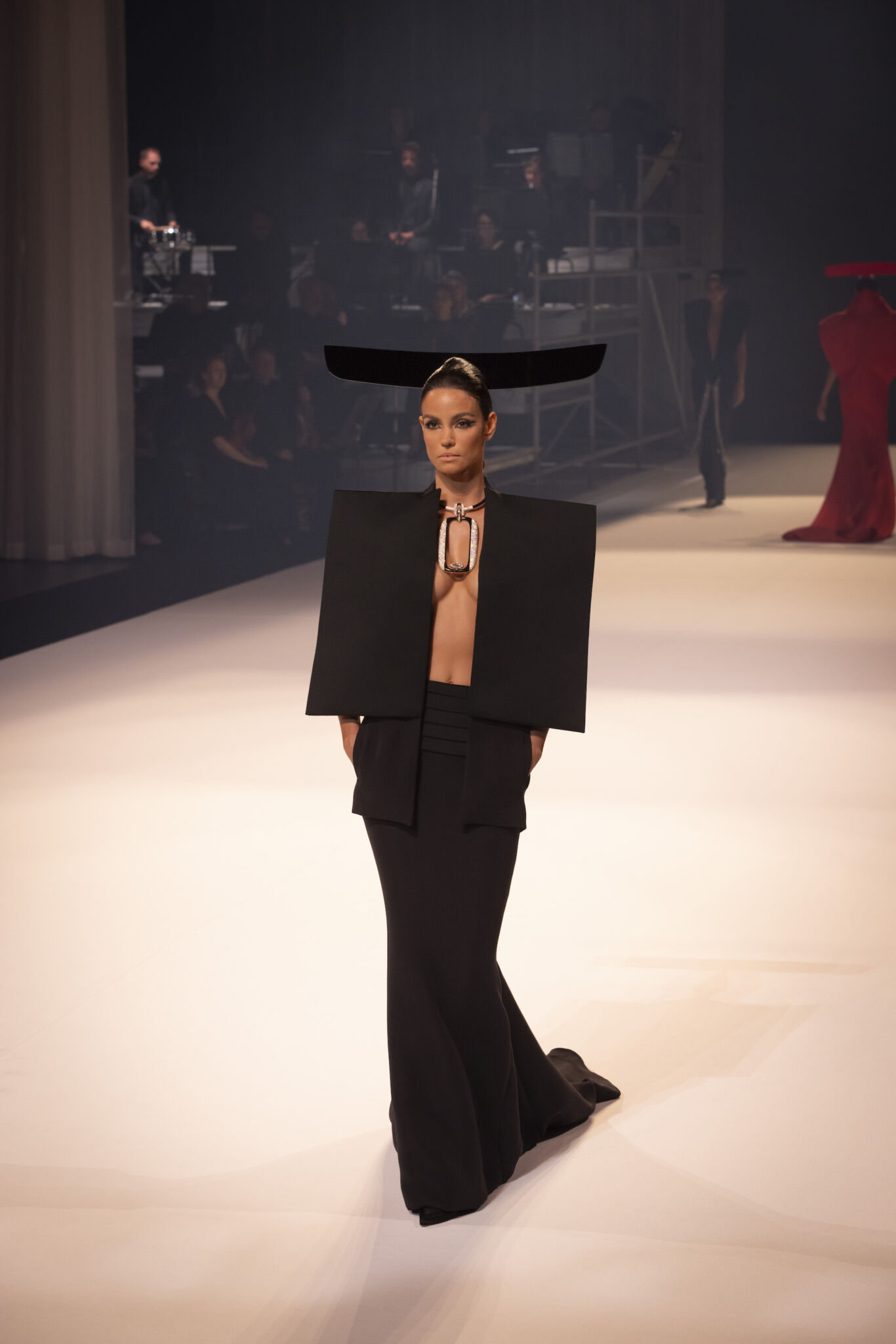
Saiid Kobeisy
The couture collection “The Warrior” by Saiid Kobeisy was a profound meditation on strength, vulnerability, and metamorphosis. Each look served as a metaphor for inner awakening, tracing a soul’s journey from darkness to light. Architectural silhouettes embodied quiet resolve, while fluid drapery revealed the beauty of fragility. Embroidery acted like a memory map, preserving the imprints of trials overcome.
For the first time, the collection intertwined elements of both women’s and men’s fashion, merging them into a singular narrative of resilience and transformation. The pieces told the story of a fighter who doesn’t battle, but evolves – becoming wiser, brighter, stronger. 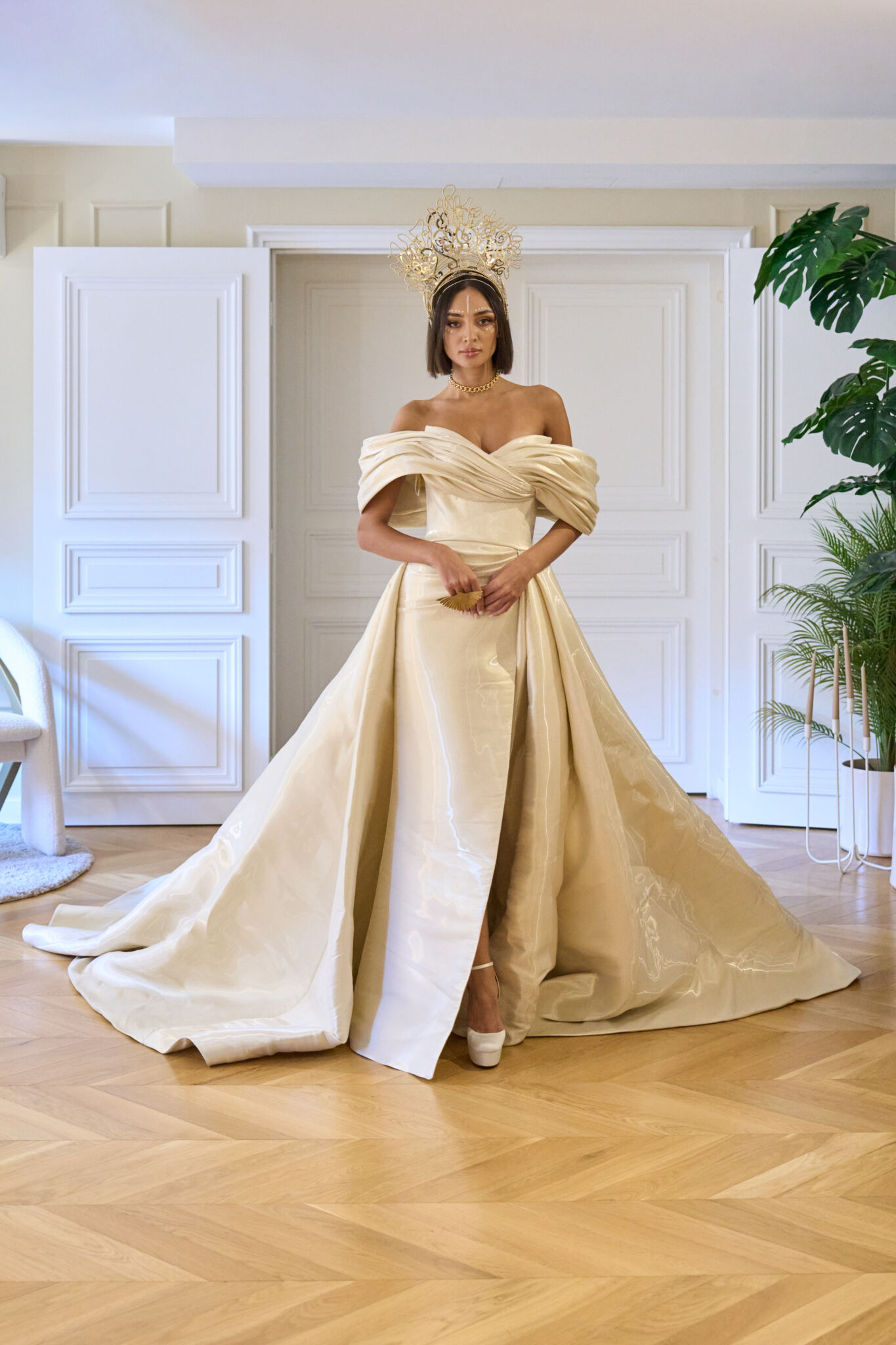
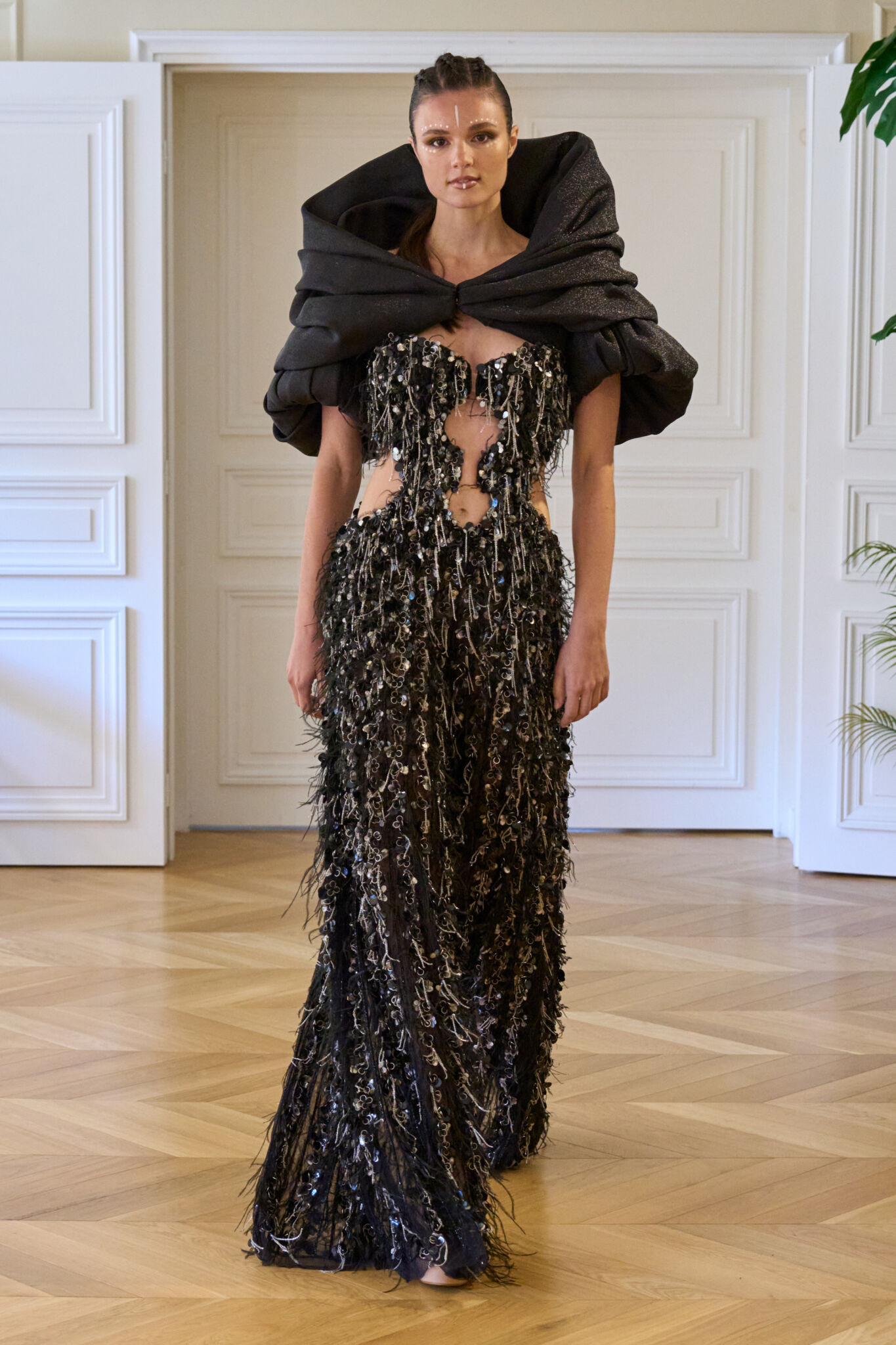
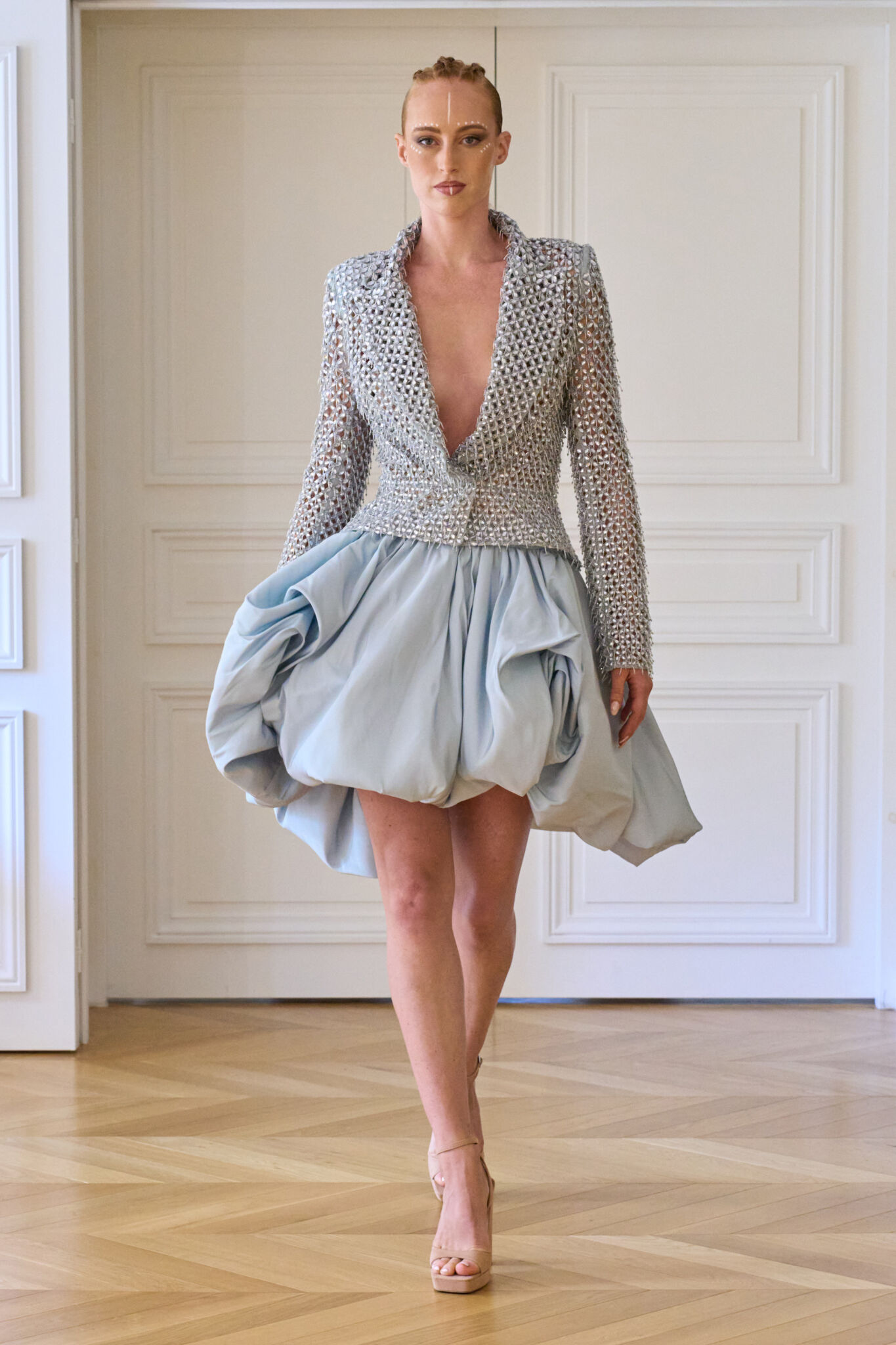
Yanina Couture
More than fashion, Yanina Couture delivered a philosophical reflection on eternal beauty woven into the fabric of time. Founder and creative director Yulia Yanina turned to her own archives, reinterpreting them as a living history refracted through a contemporary lens. Inspired by the aesthetics of arabesques, she blended past and present into graceful silhouettes, each curve laden with meaning.
Decorative motifs born of cultural legacy and personal sketches came alive as baroque ornaments, floral compositions, and architectural allusions. The collection featured tulle gowns with airy appliqués, velvet suits, and luxurious silks and wools – all rendered in a classic black and white palette. Techniques included Richelieu cutwork, bas-relief embroidery, gilded accents, and a newly developed method: architectural satin stitching. 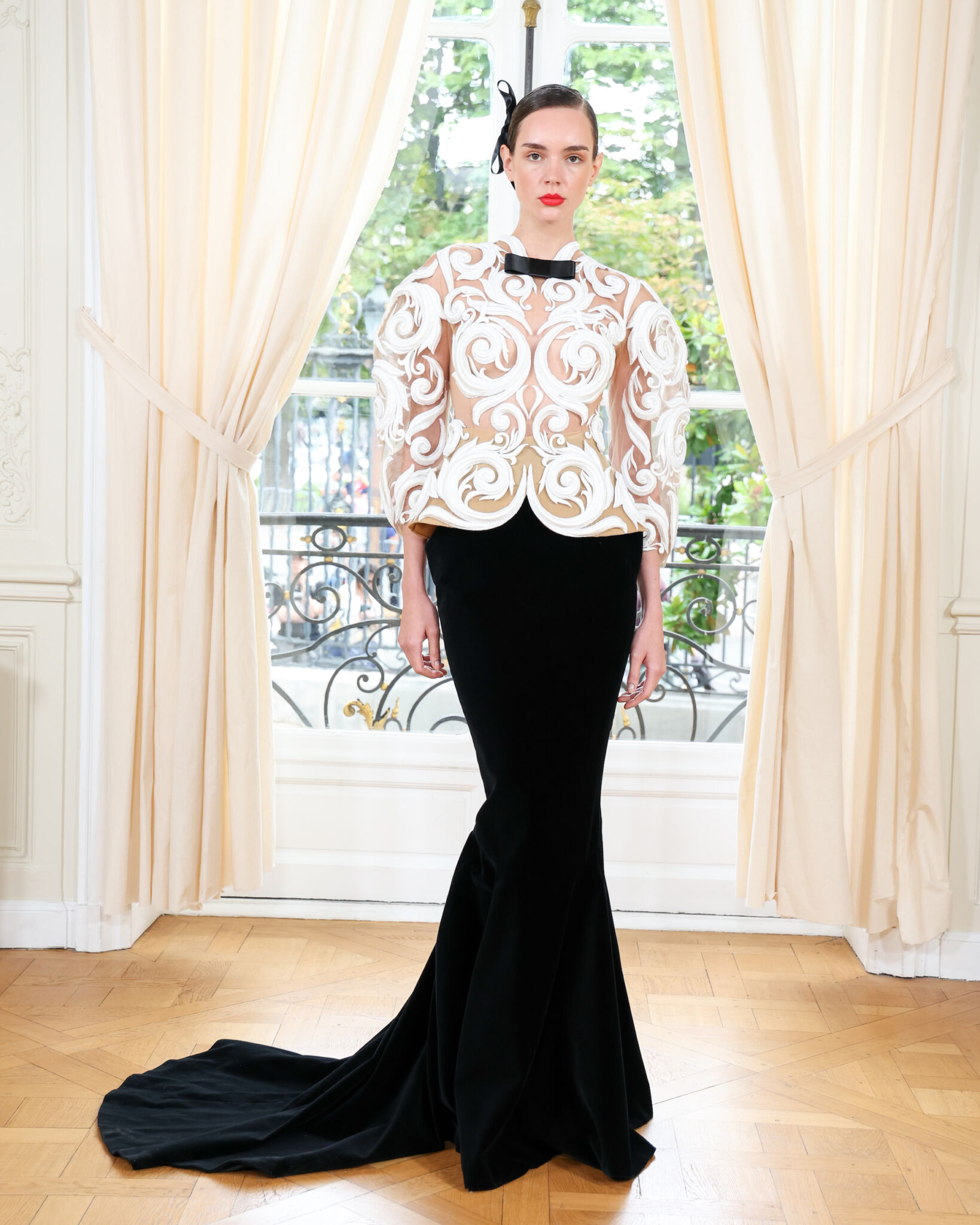
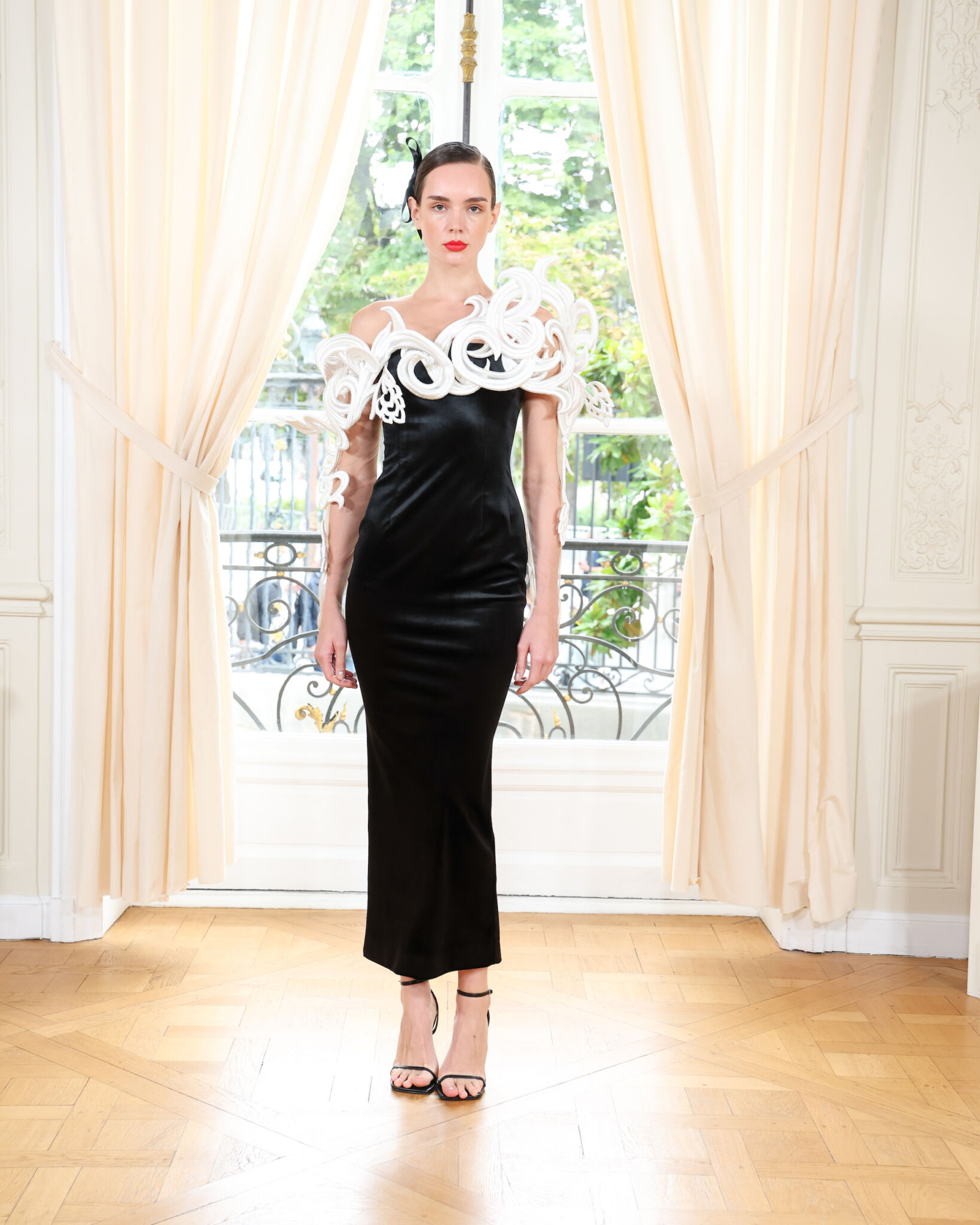
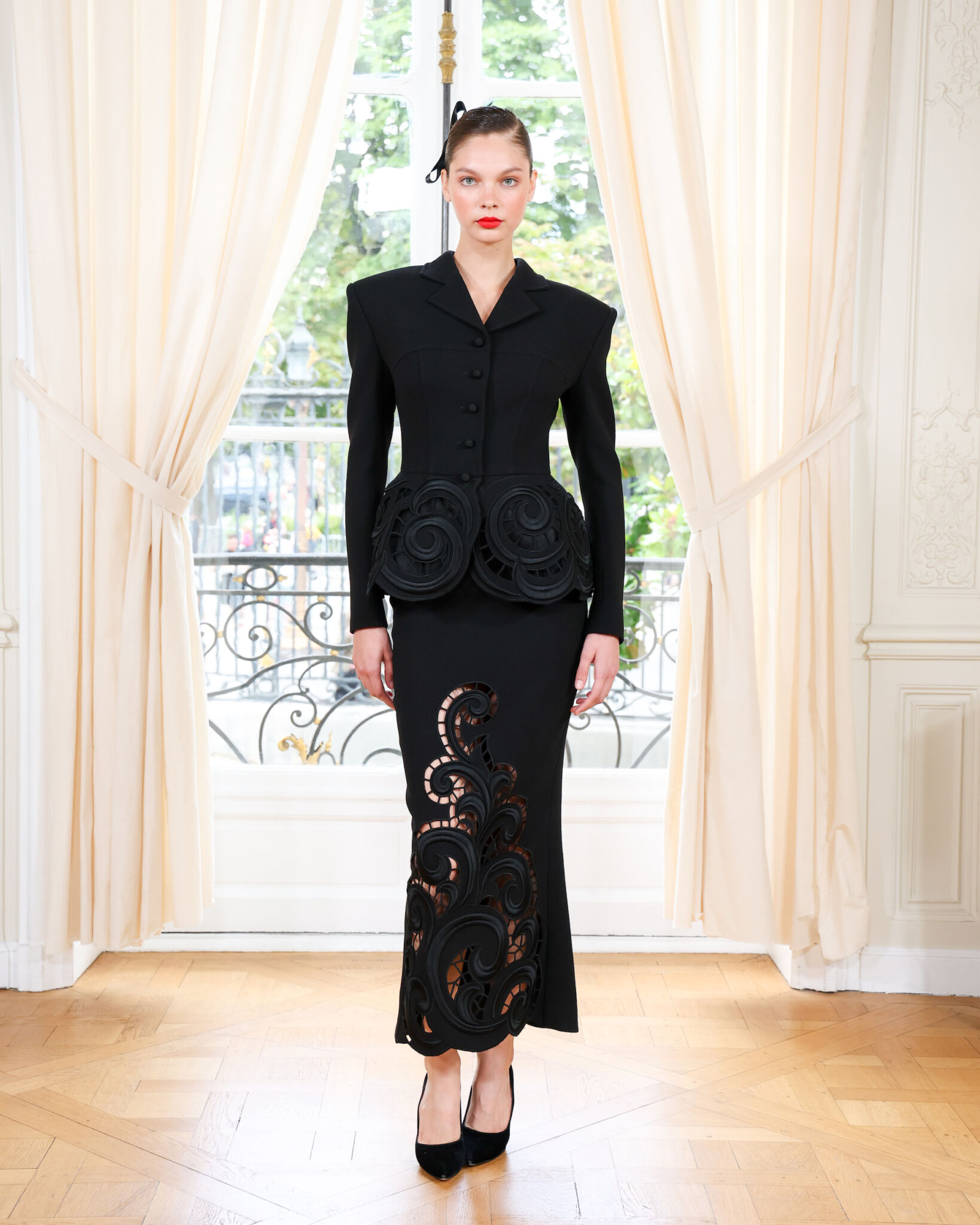
Ronald van der Kemp
Dutch designer Ronald van der Kemp composed a hymn to nature – woven from memory, reverence, and love for the Earth. Since 2014, his brand RVDK has been crafting one-of-a-kind couture pieces from surplus materials, turning the discarded into something sacred. This season’s collection, Call of the Ancestors, was inspired by the Amazon rainforest – its teeming life, myriad forms, bewitching wildness, and purity. The looks were born from close collaboration with his muse Thayná Caiçara and talented artisans from Brazil’s Indigenous communities. Birds of paradise and eccentric fashionistas in vintage couture became the central archetypes of this visual narrative. Van der Kemp offered a new perspective on couture – one that is not elitist, but sincere, conscious, and grounded in reality.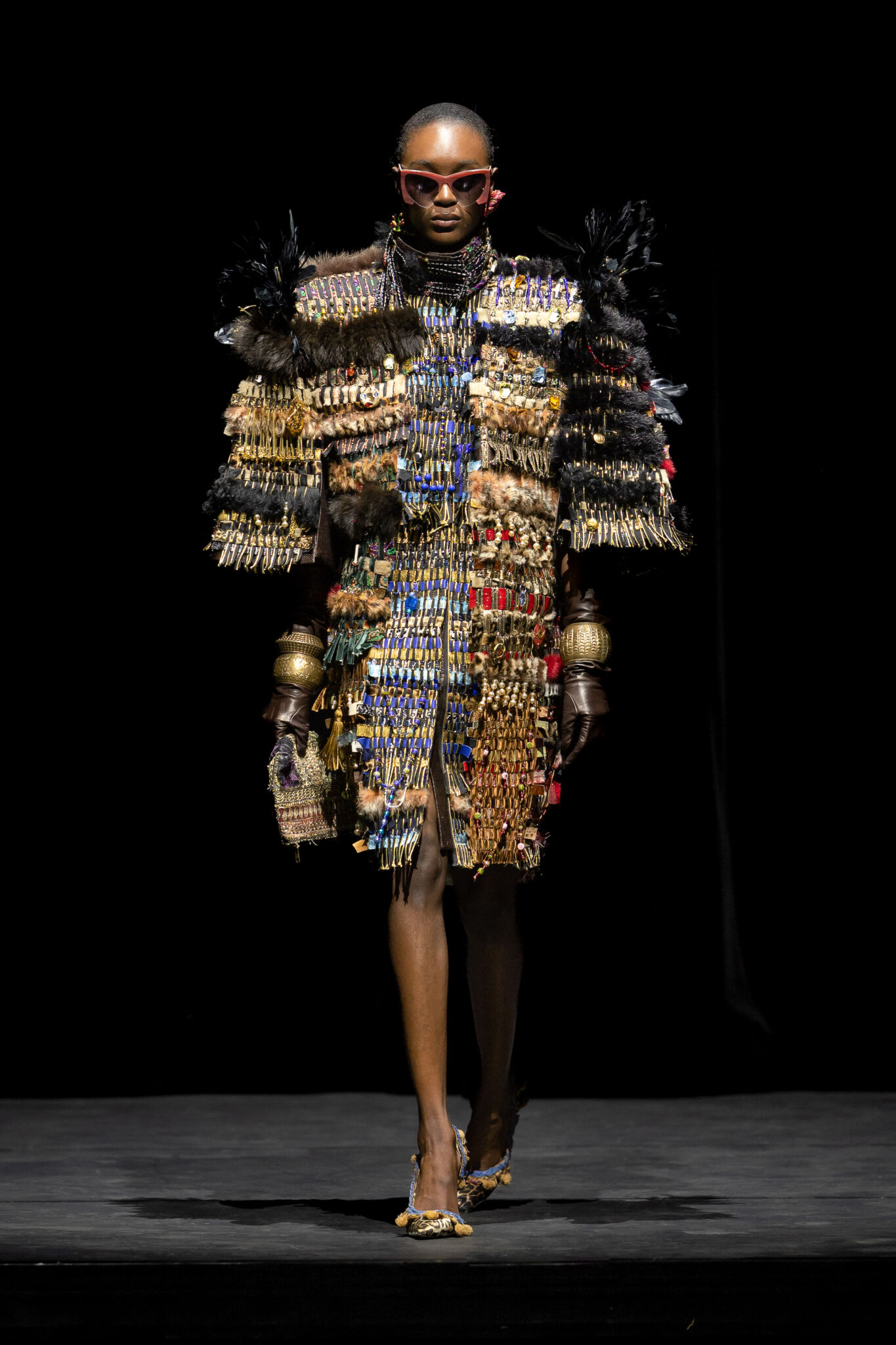
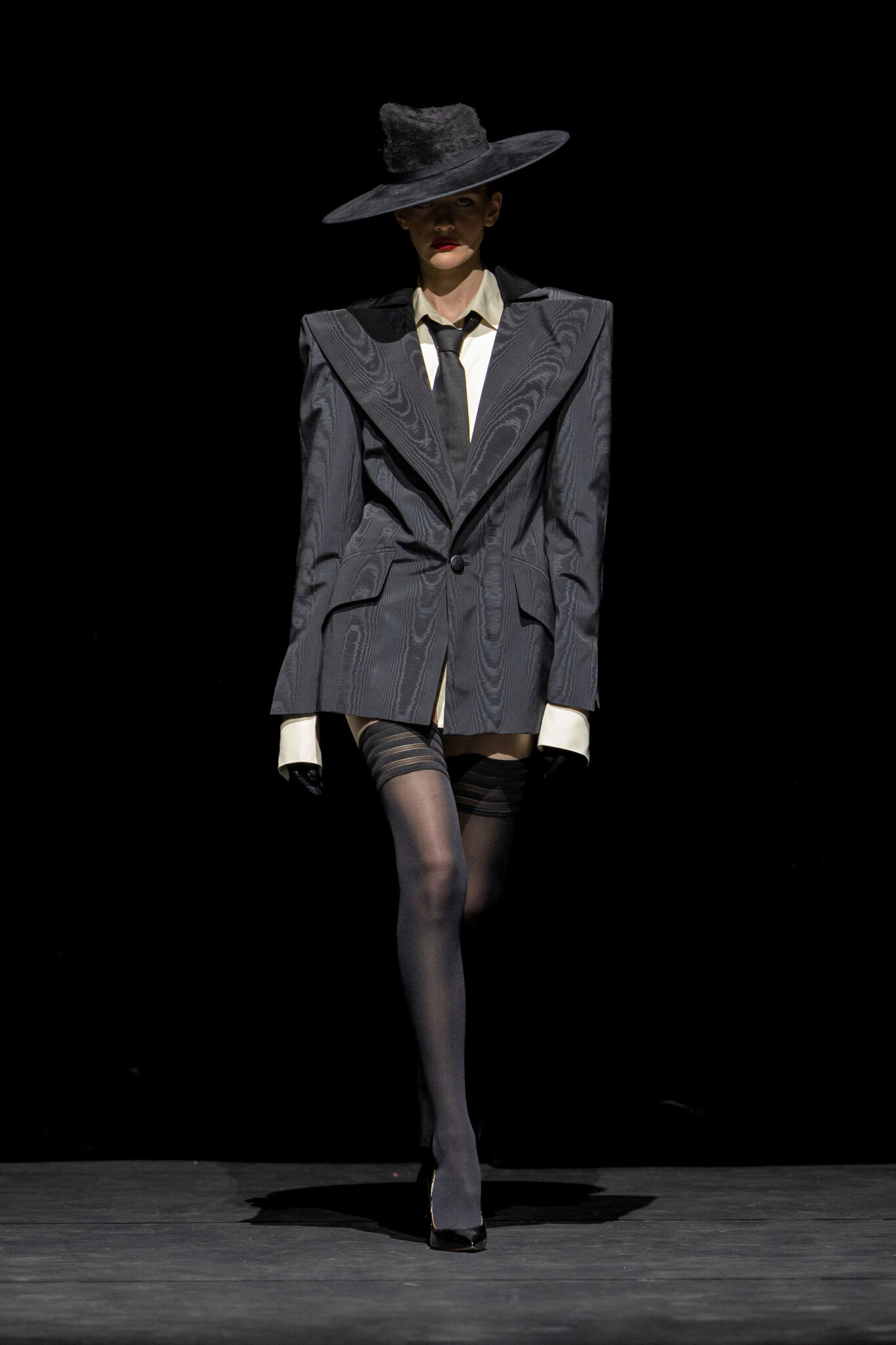
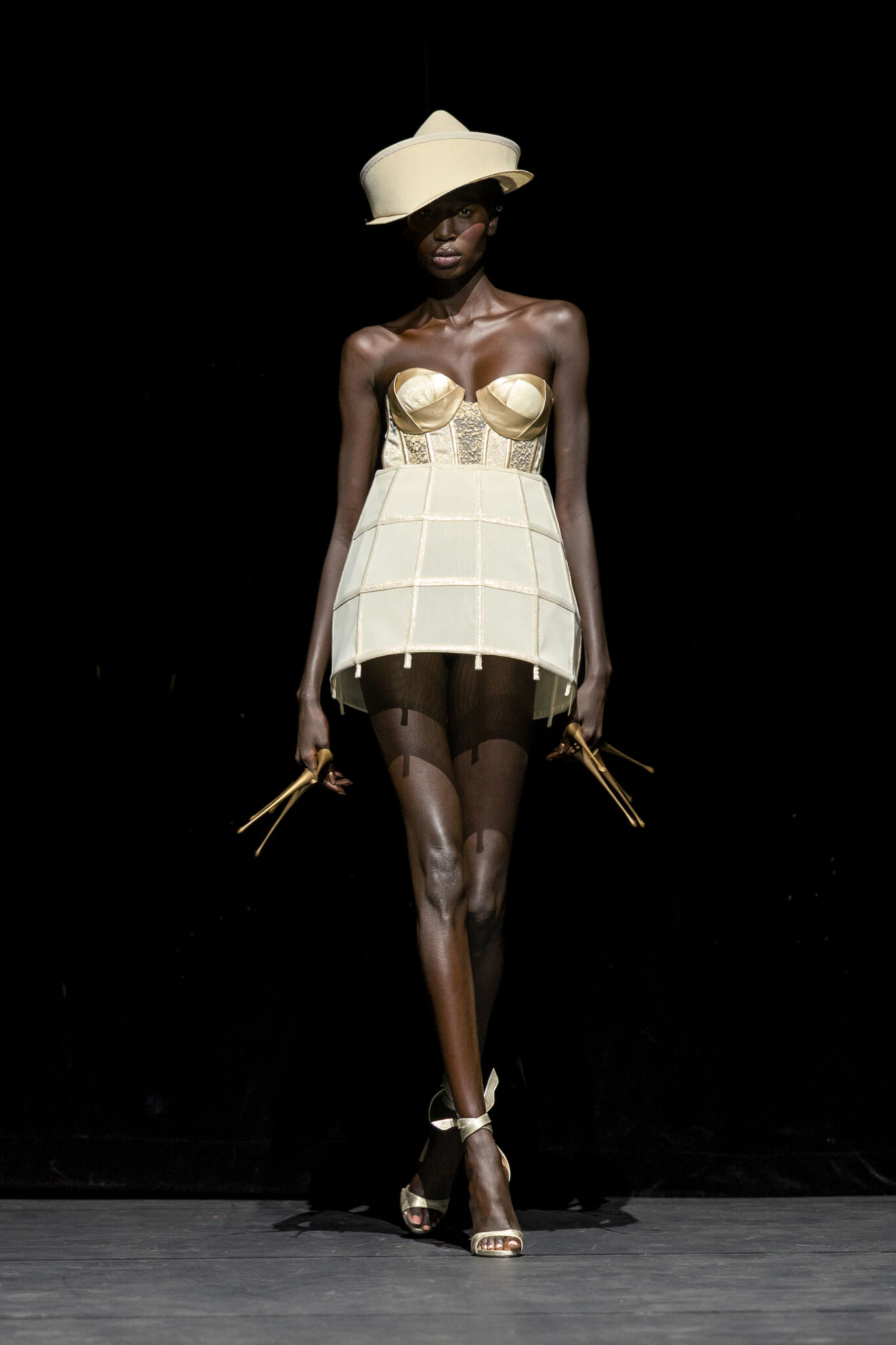
Georges Chakra
A refined pause between words – that is how Georges Chakra’s collection spoke, in the charged silence turned into fabric. Inspired by the aesthetics of 1940s noir cinema, the Lebanese designer invited viewers to see fashion through the lens of restrained sensuality. There was no shouting here – only silhouettes built in whispers. The collection explored the kind of strength that matures in silence: accentuated waists, voluminous forms, and architectural precision of lines. Geometric corsets, layered drapery, and delicate fabrics staged a tension between severity and vulnerability. Flowing silks, noble mikado, shimmering metallics, and exquisite lace conveyed the shifting moods of the collection. The color palette ranged from midnight blue to silver, rose, saffron, and deep black – all in service of light and shadow play.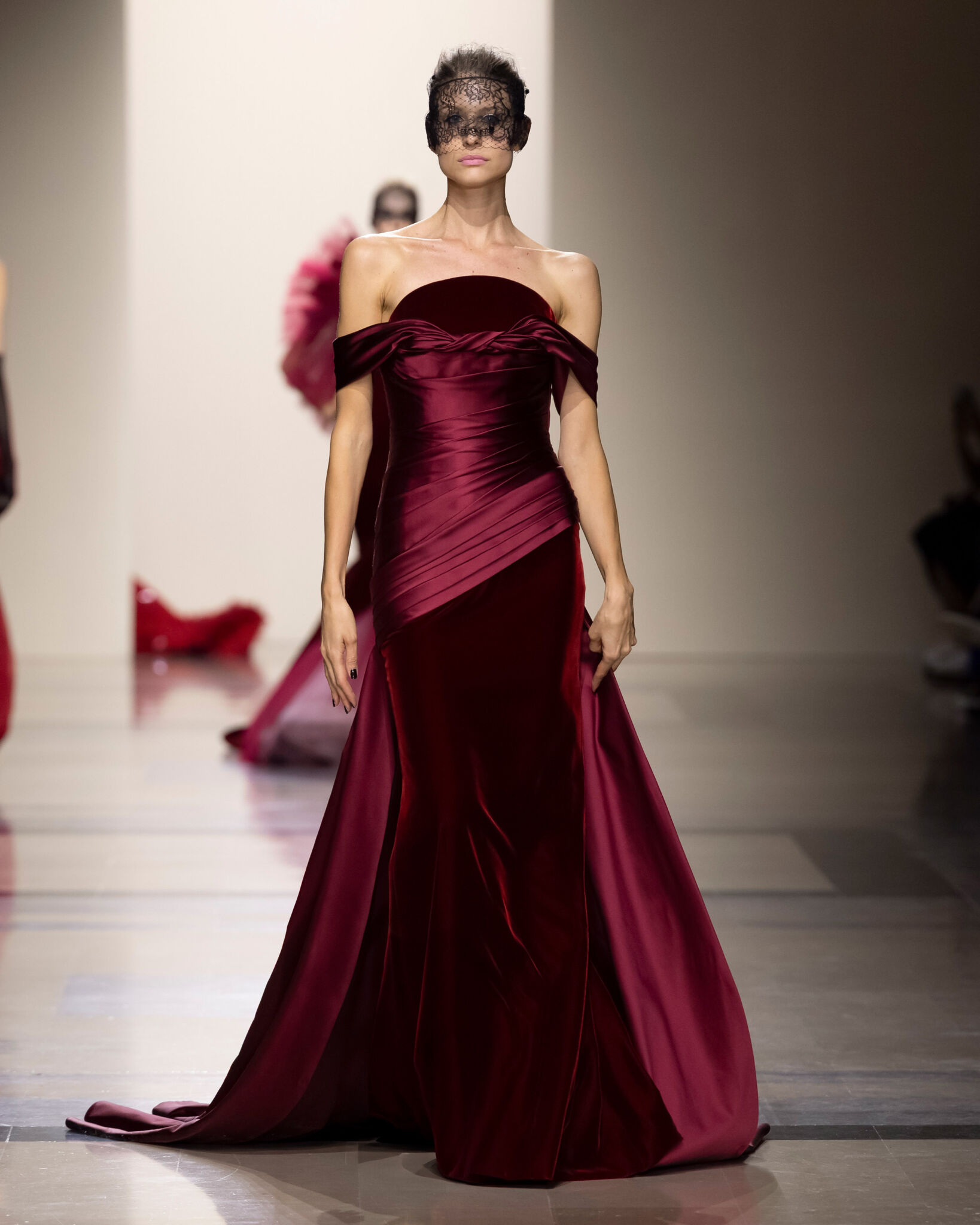
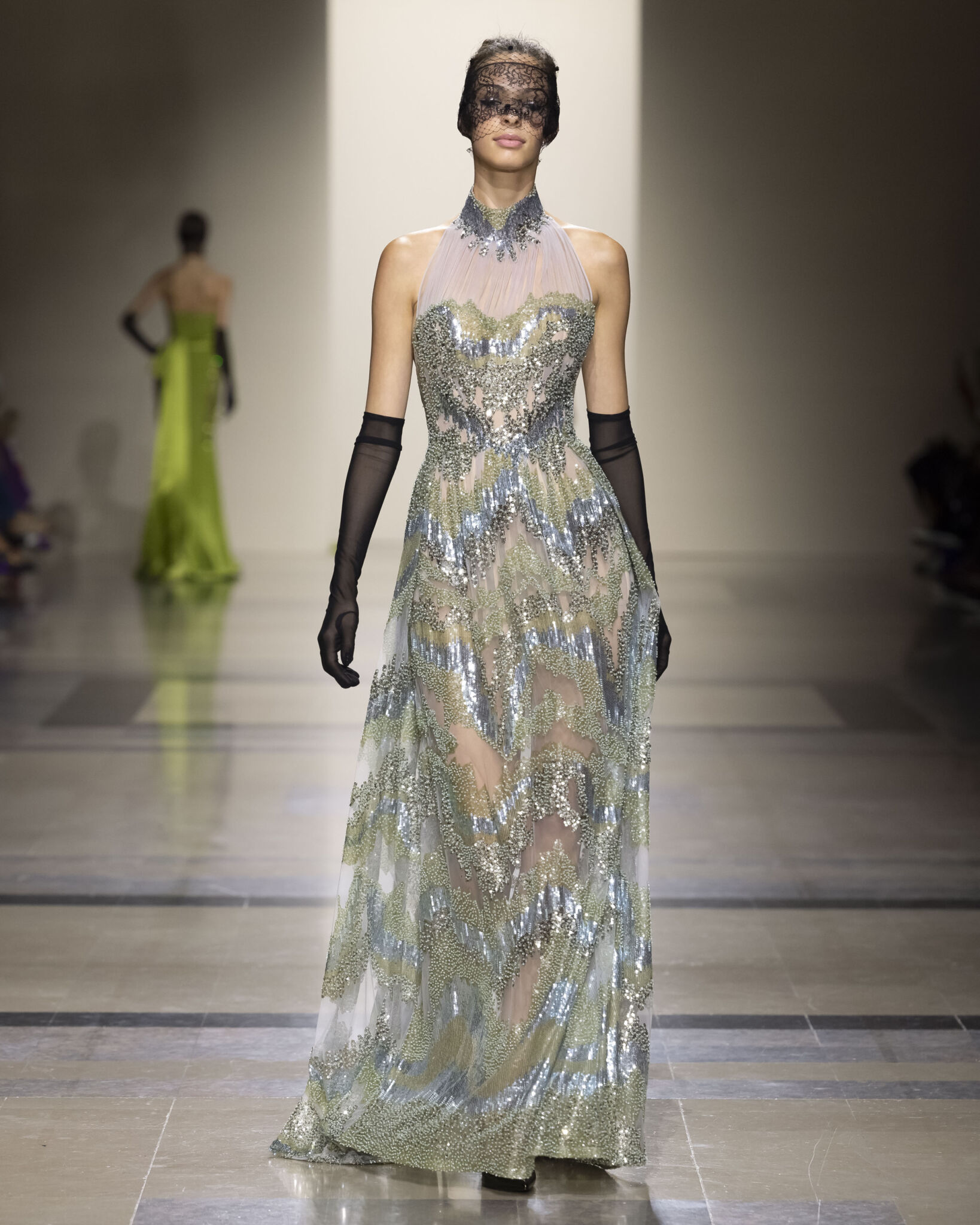
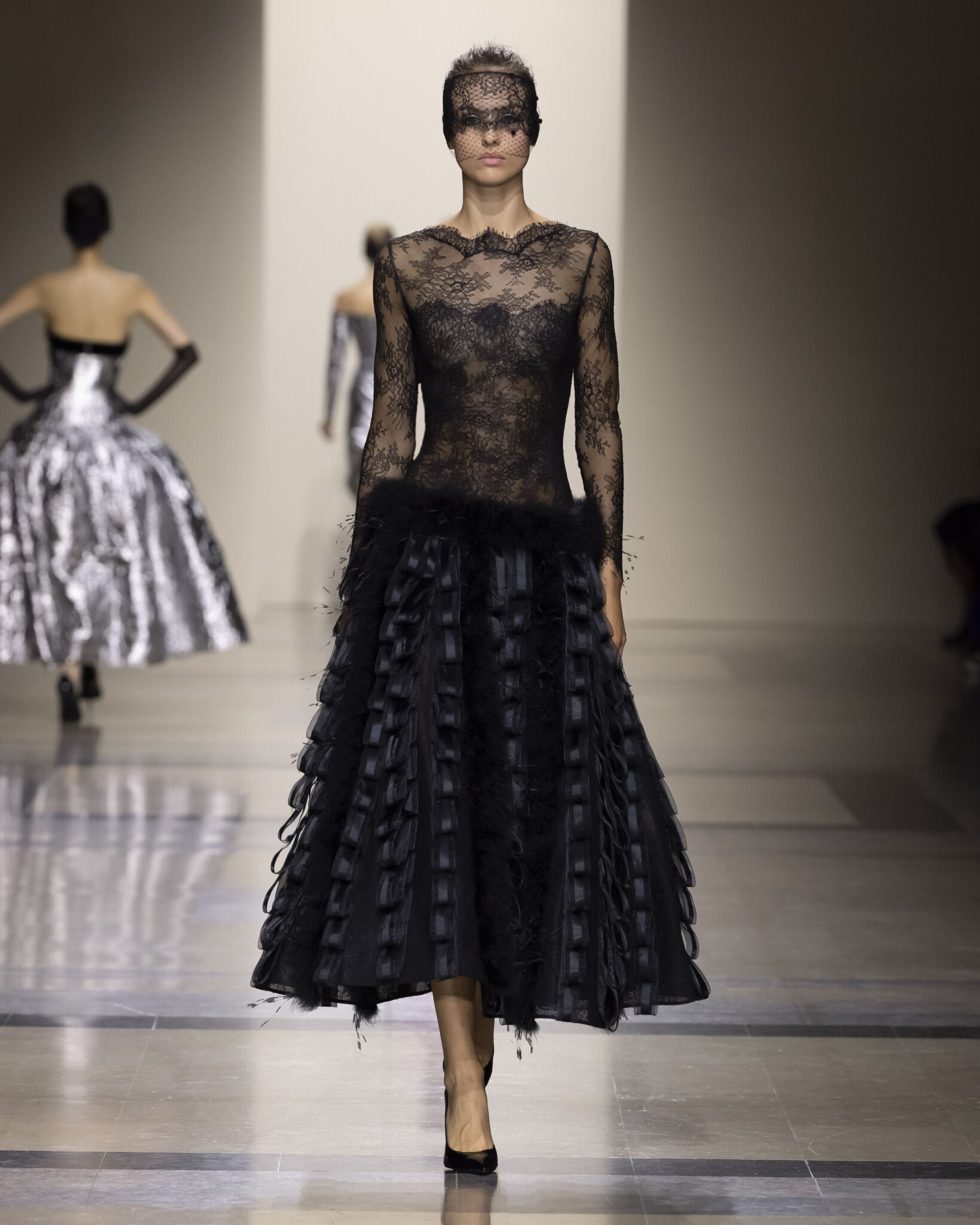
Juana Martín
In her seventh couture line, Juana Martín once again paid homage to Spanish heritage. Her “Fervor” collection drew inspiration from one of Andalusia’s most powerful cultural layers – religious fervor. Through the lens of fashion, she voiced a passionate devotion and profound spirituality rooted in the region, turning them into a visual and emotional manifesto. The show transported viewers into the solemn atmosphere of a Holy Week procession: black fabrics, dim lighting, an aura of reverence. The key material was black Rouen lace. Silhouettes evoked allusions to the figures of Christ and the Virgin Mary. Notably, Juana Martín remains the only woman designer from Spain accepted into the official Paris haute couture calendar – a distinction previously held only by Balenciaga and Paco Rabanne.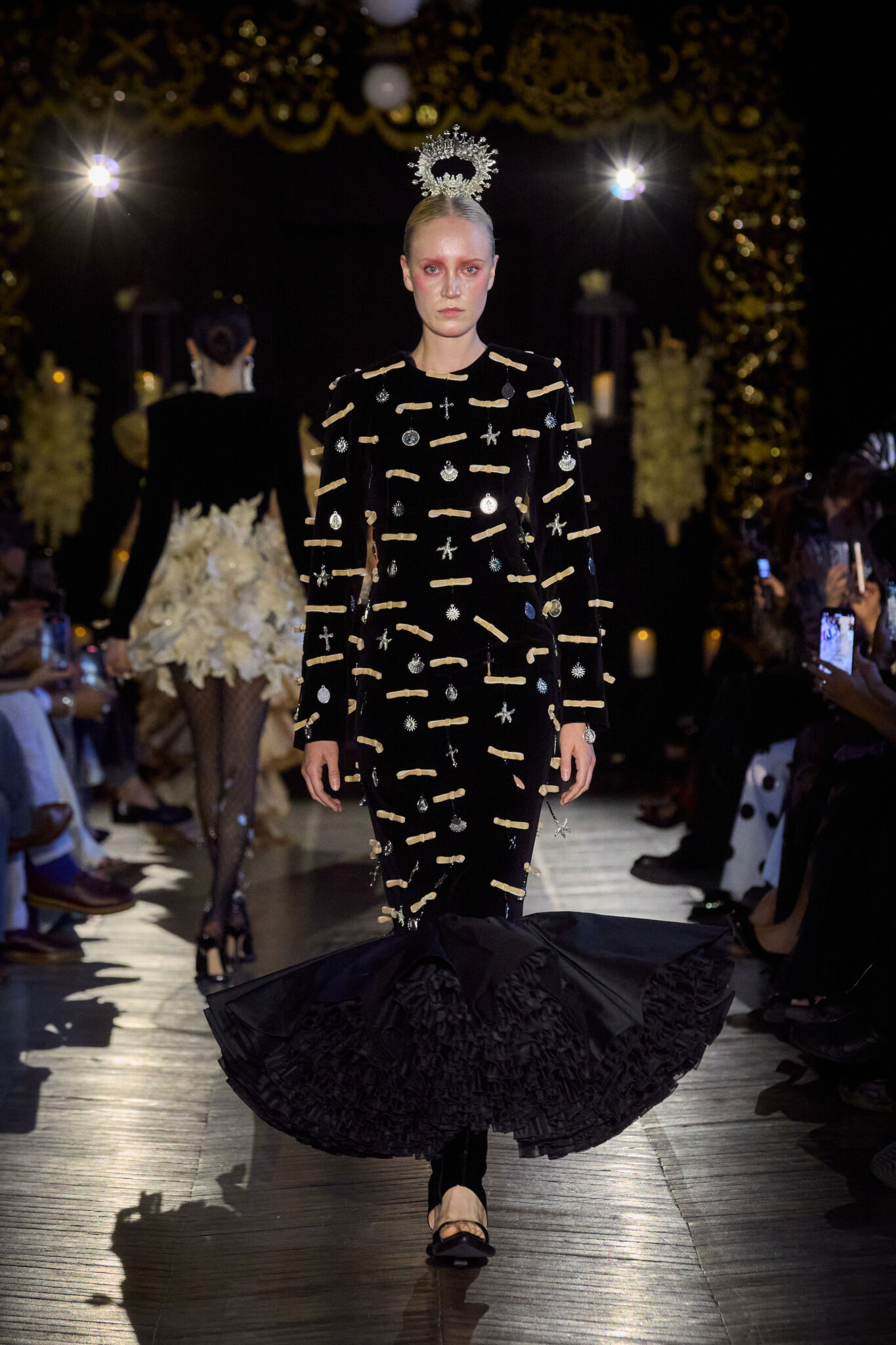
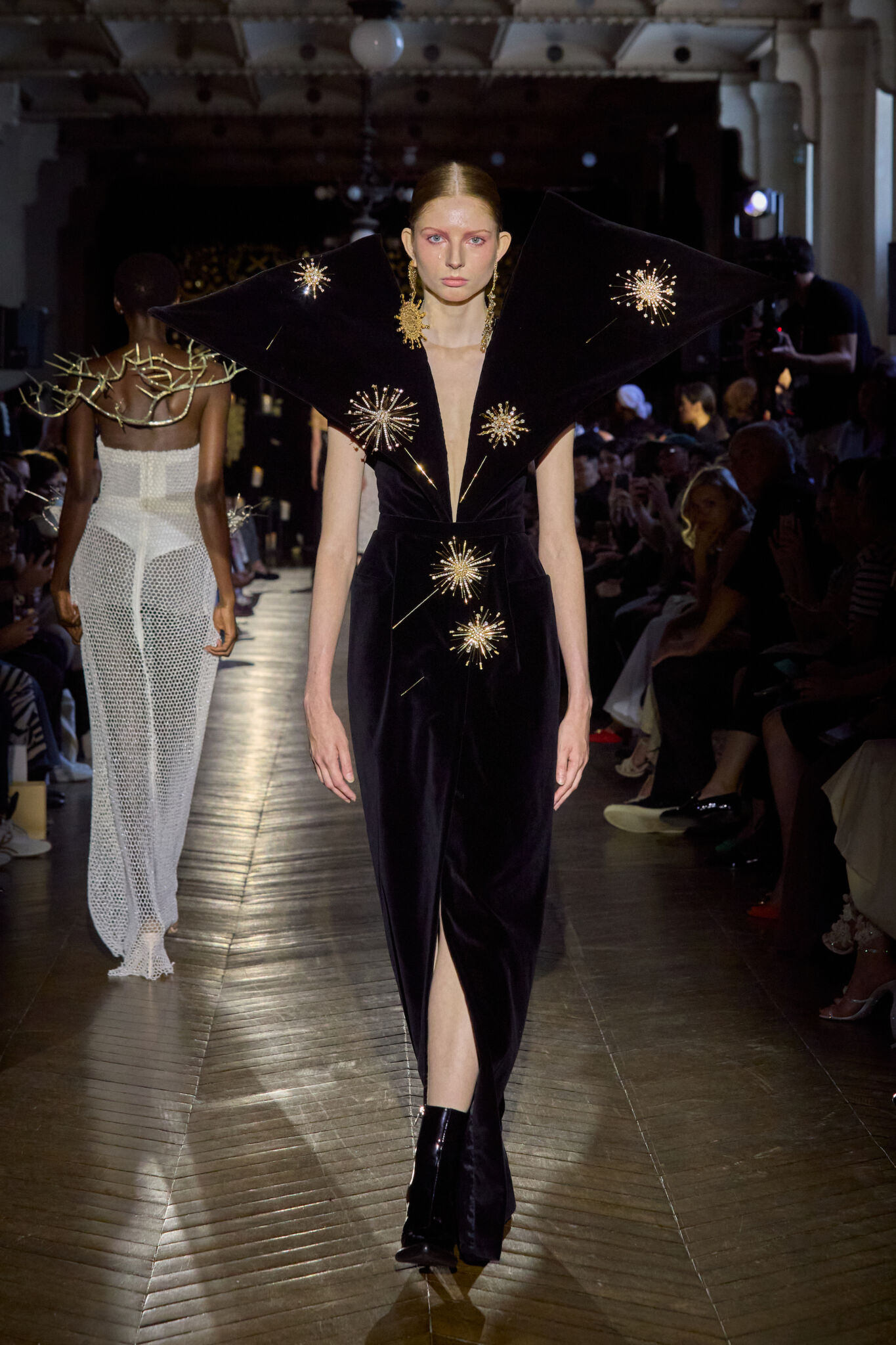
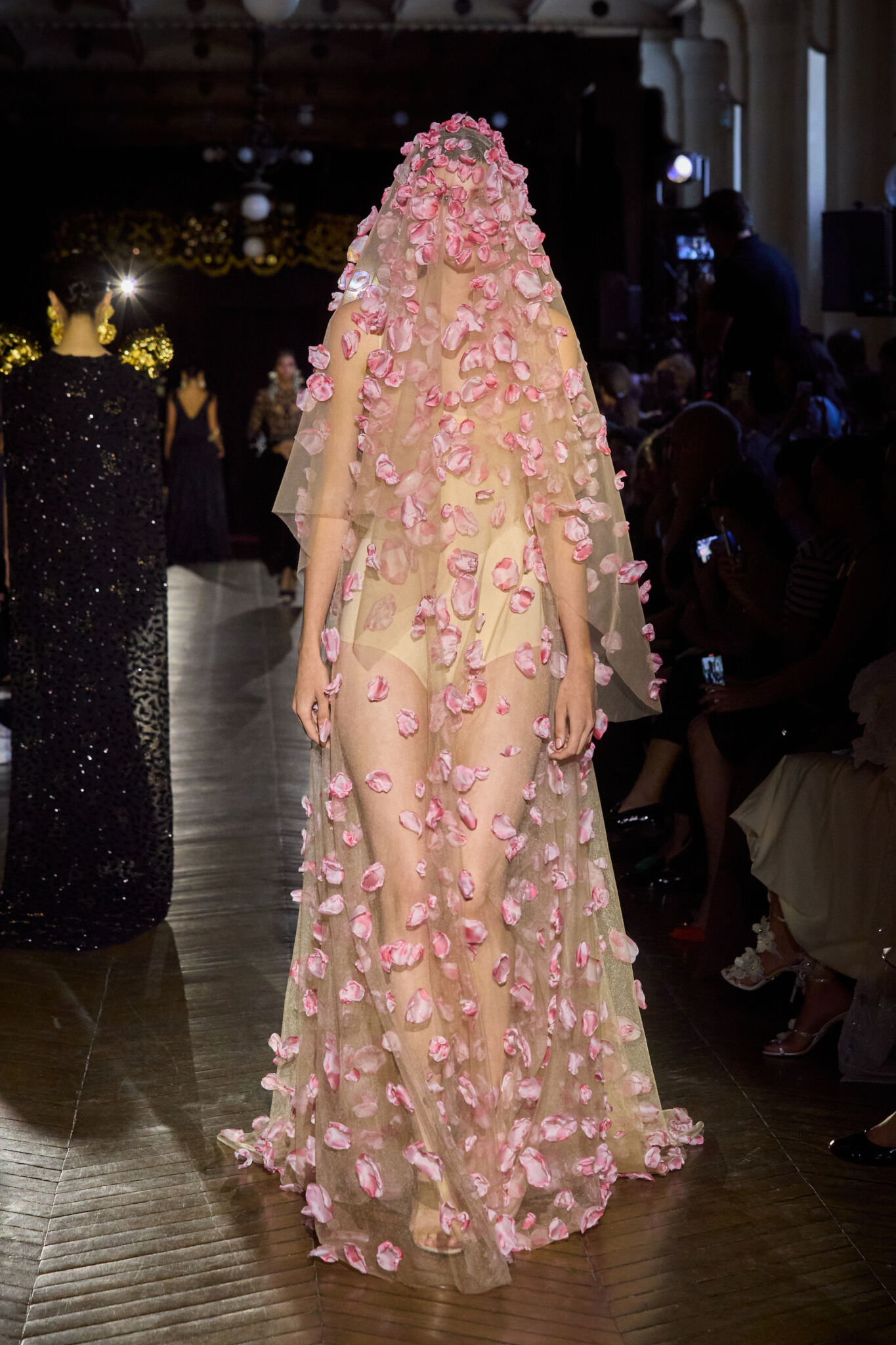
Photos are provided by PR departments of the brands.


